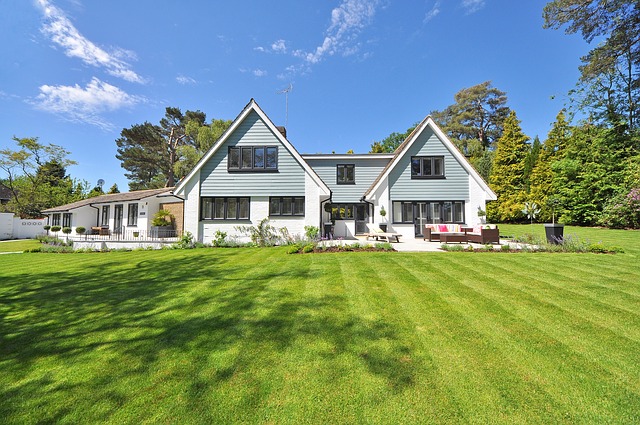In this article we will cover how to landscape around cesspits and protect our systems. Being a first time homeowner becomes even more challenging when the concept of landscaping is a concern. The property is drab if there is no plant life bringing vibrant colors around your home. An attractive landscape makes your home inviting and close to Nature. If you’re a plant lover, the challenge of adding a well-designed landscape is welcomed. However if you own the property, then you are aware that there are components in the yard you should consider such as your cesspit. As you know, your cesspit is your personal wastewater treatment system. It is crucial for you to keep its safety in mind when you decide to have landscaping done on your yard. Remember that when you plant, it’s not just the roots and soil fertility you have to take note of. You have to go deeper than that and know that if you make the wrong decision about your landscaping, you may end up damaging your cesspit.
Planting wisely is the key in how to landscape around cesspits. If you choose your moves in landscaping well, you will have a happy and healthy household and cesspit. Below are some pointers to consider:
- Know what to plant. When it comes to planting around your cesspit, it is ideal to make sure that you know what plants you are going to have in your yard. You have to talk to your arborist and landscape architect about trees that you have to exclude from your list of plants. They are the following:
- Quercus (lowland oaks)
- Fraxinus ( ash trees)
- Populus ( cottonwood and poplar trees)
- Liquidambar (sweet gum trees)
- Liriodendron (tulip tree variety)
- Salix (willow tree)
- Robinia (locust tree)
- Platanus (sycamore tree)
- Tilia (basswood tree)
- Acer (boxelder, silver maples, Norway maples, sugar maples, and red maples.
- Consider slow-growing small trees. It is better to choose these type of trees than big, fast-growing ones. This way, the roots won’t invade your cesspit because the roots won’t be aggressively seeking for water and nutrients.
- Note that hardwood plants, in general, have complex root systems. This means that they have invasive roots that aim to access your cesspit’s abundant supply of sustenance for them to thrive.
- Know that trees need to be planted at least 50 to 100 feet away from the cesspit system. This is a safe way to have your cesspit and your garden at the same time.
- Understand the capacity of your property. If you know that you only have a few square meters for your lawn, maybe you should resort to potted plants instead of having the plants planted in the yard’s soil. This is a practical way of using garden space. If you have potted plants, you have the prerogative to move them around. You also have the choice to change the look of your lawn space with potted plants.
- Think about shallow root systems. With small plants, you have simple and shallow root systems that make your cesspit’s top soil strong enough to withstand any erosion. If the cesspit has a strong topsoil, it is protected from heavy rains that could easily introduce sediments and excess water load.
- Consider having a French drain installed near your cesspit. This can be beautifully installed to go with your carefully chosen plants. With a French drain, you can make sure that the cesspit runs efficiently even with excess water load.
- Have a greywater system installed near your cesspit. This can help the cesspit handle the water load by accepting the greywater. Greywater is the wastewater that comes from your laundry, shower, dishwasher, tub, drains, and sinks. The greywater system treats and recycles the greywater so that it can be used for flushing the toilet and watering the plants.
With proper considerations and techniques, you can be sure that your lawn will be the talk of the town because of its beauty and not because of the cesspit’s failure.
